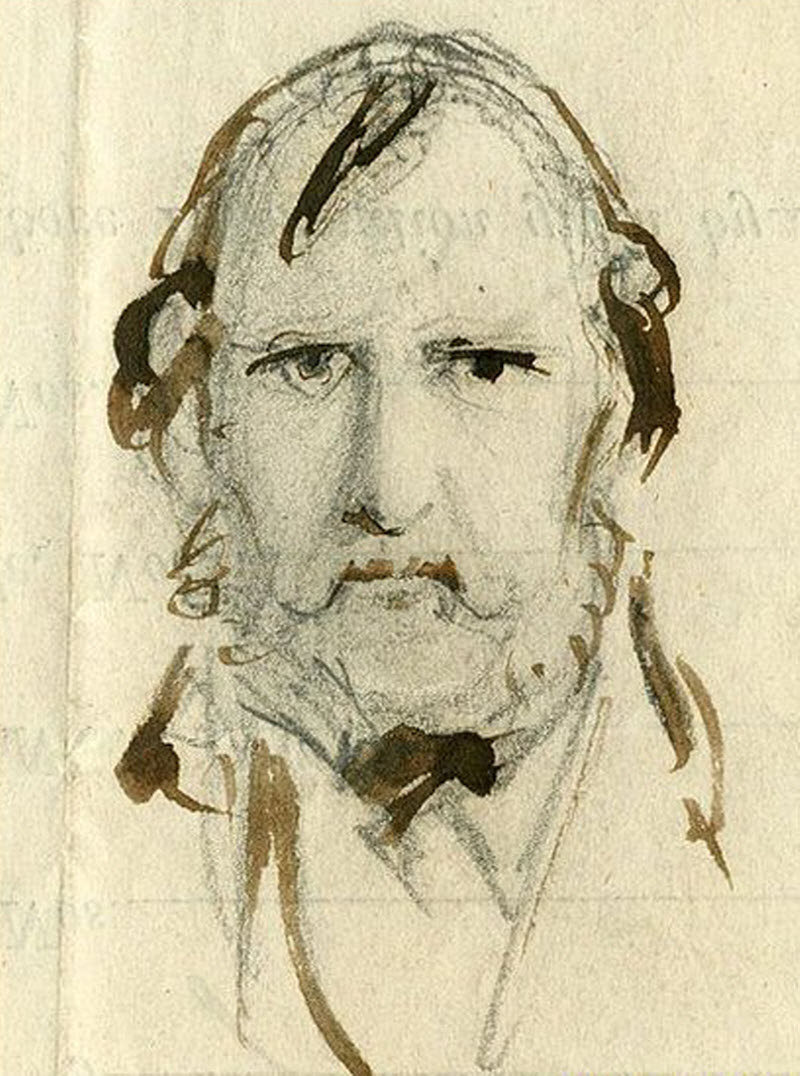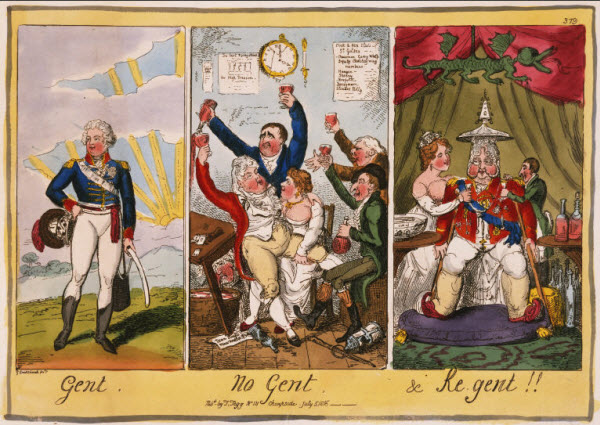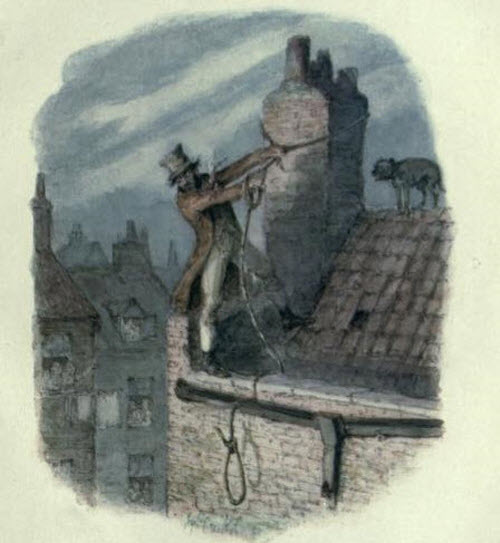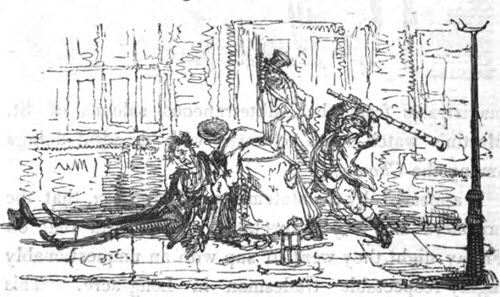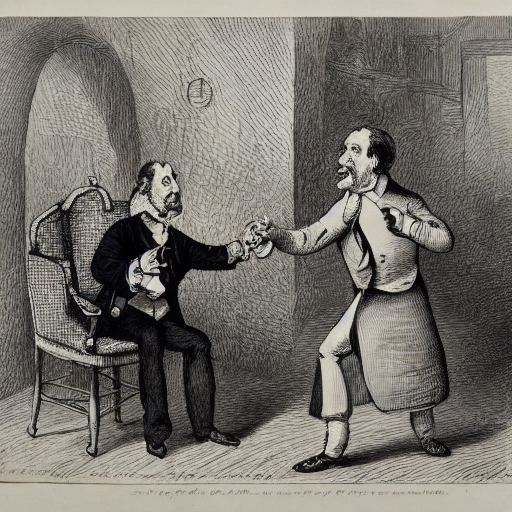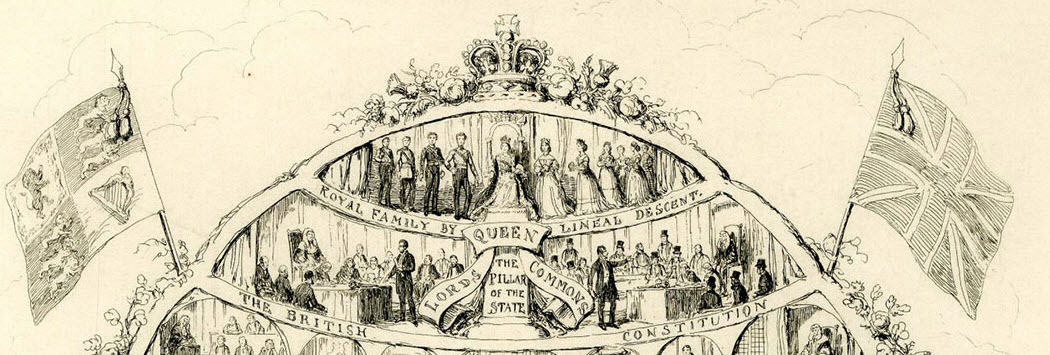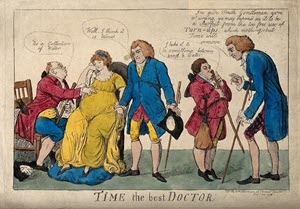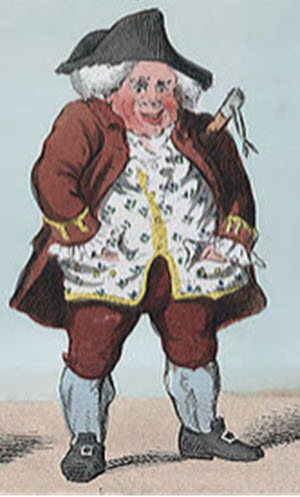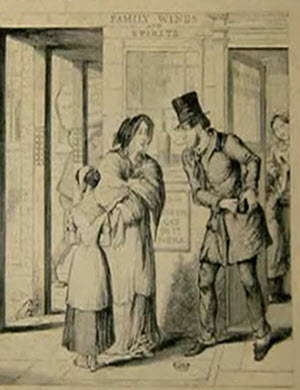from recollection, but have still a very clear remembrance of the leather gaiters of Jerry Hawthorn, the green spectacles of Logic, and the hooked nose of Corinthian Tom. They were the school-boys' delight; and in the days when the work appeared we firmly believed the three heroes above named to be types of the most elegant, fashionable young fellows the town afforded, and thought their occupations and amusements were those of all high-bred English gentlemen. Tom knocking down the watchman at Temple bar; Tom and Jerry dancing at Almack's; or flirting in the saloon at the theatre; at the night-houses, after the play; at Tom Cribb's, examining the silver cup then in the possession of that champion; at Bob Logic's chambers, where, if we mistake not, " Corinthian Kate'* was at a cabinet piano, singing a song; ambling gallantly in Rotten row; or examining the poor fellow at Newgate who was having his chains knocked off before hanging; all these scenes remain indelibly engraved upon the mind, and so far we are in- dependent of all the circulating libraries in London.

As to the literary contents of the book, they have passed sheer away. It was, most likely, not particularly refined; nay, the chances are that it was absolutely vulgar. But it must have had some merit of its own, that is clear; it must have given striking descriptions of life in some part or other of London, for all London read it, and went to see it in its dramatic shape. The artist, it is said, wished to close the career of the three heroes by bringing them all to ruin, but the writer, or publishers, would not allow any such melancholy subjects to dash the merriment of the public, and we believe Tom, Jerry, and Logic, were married off at the end of the tale, as if they had been the most moral personages in the world. There is some goodness in this pity, which authors and the public are disposed to show towards certain agreeable, disreputable characters of romance. Who would mar the prospects of honest Roderick Random, or Charles Surface, or Tom Jones? only a very stern moralist indeed. And in regard of Jerry Hawthorn and that hero with- out a surname, Corinthian Tom, Mr Cruikshank, we make little doubt, was glad in his heart that he was not allowed to have his own way.
Soon after the ' Tom and Jerry ' and the * Life in Paris,' Mr Cruikshank produced a much more elaborate set of prints, in a work which was called 'Points of Humour.' These 'Points' were selected from various comic works, and did not, we believe, extend beyond a couple of numbers, containing about a score of copper-plates. The collector cf humorous designs cannot fail to have them in his portfolio, for they contain some of the very
